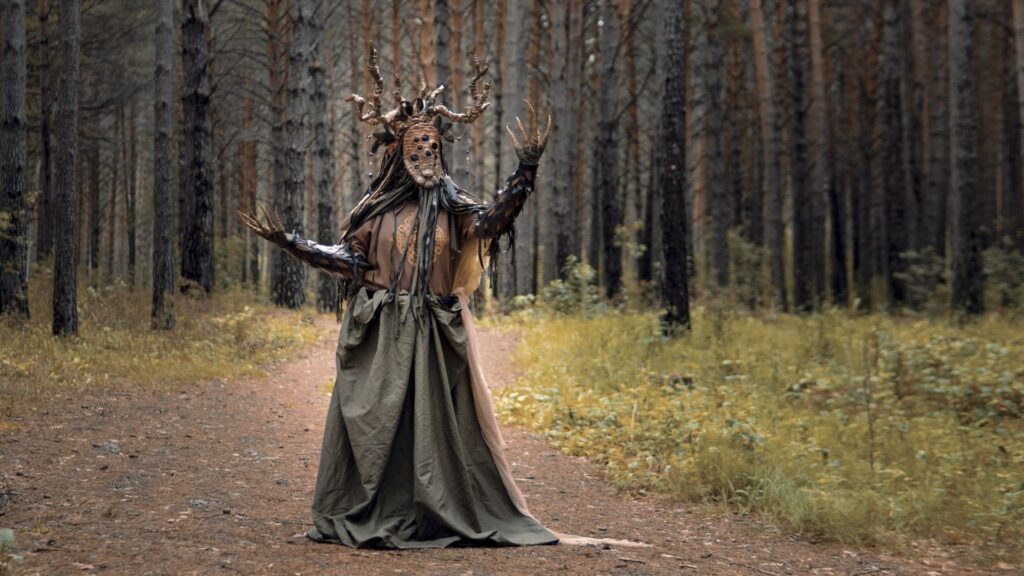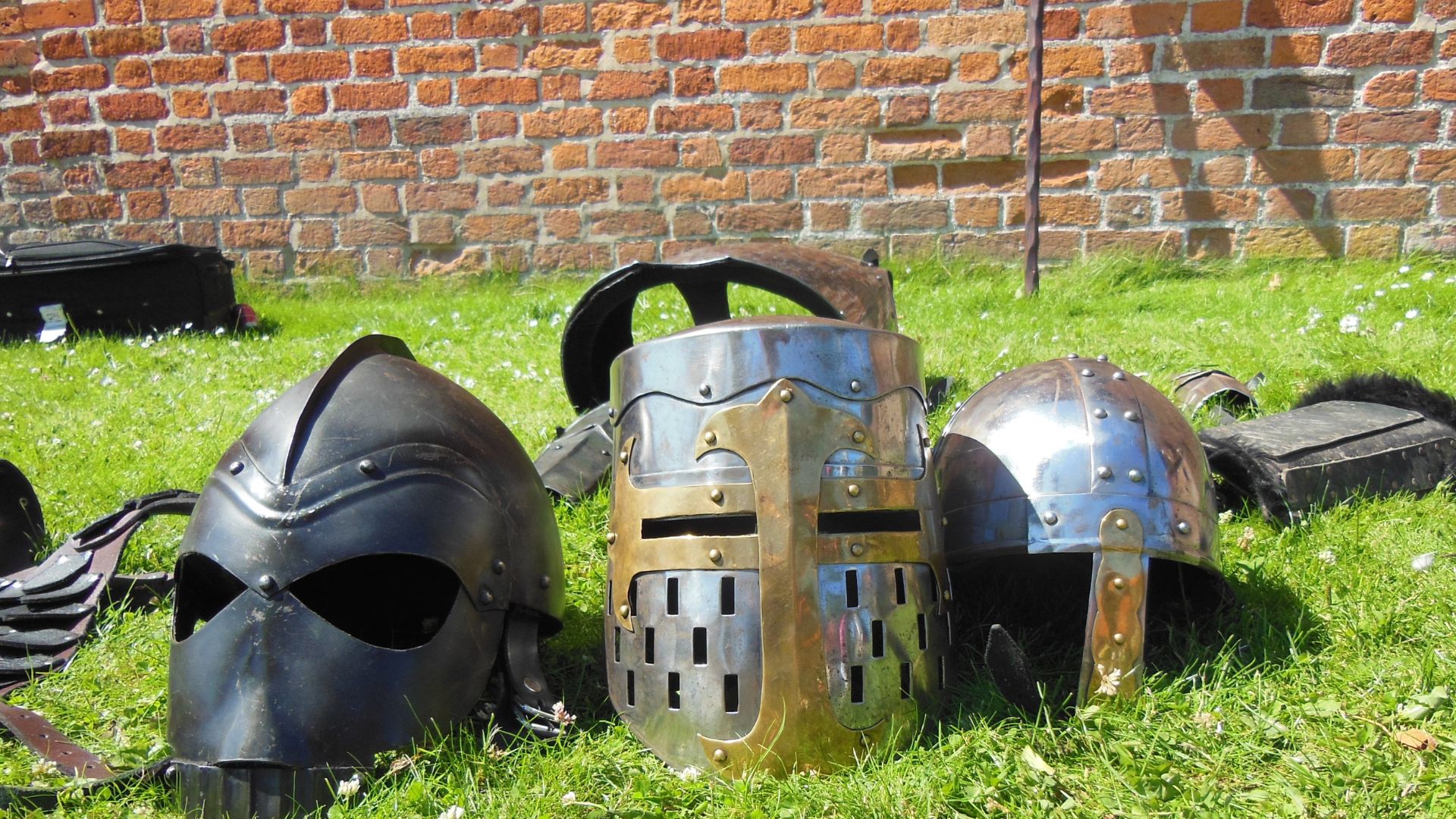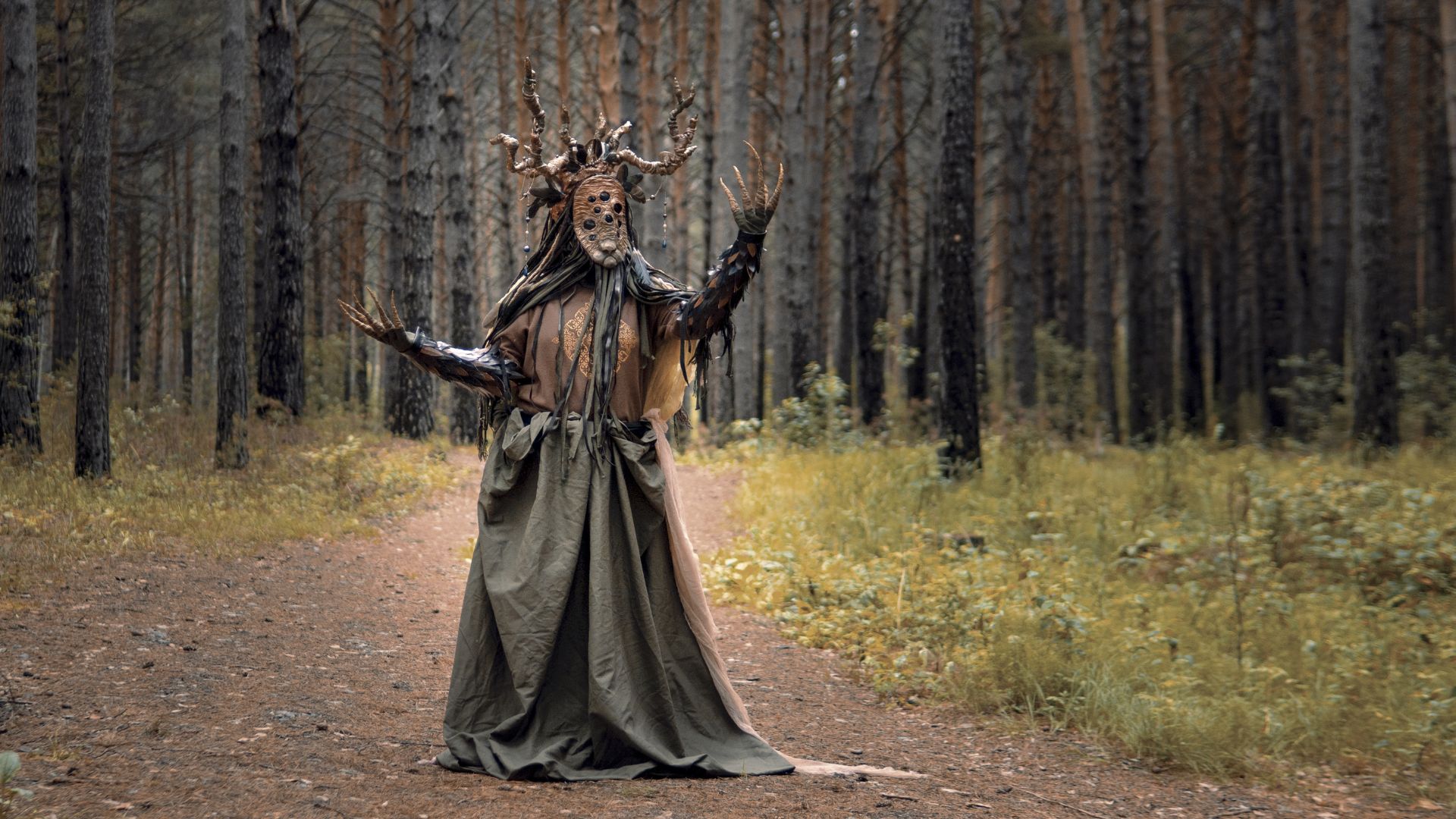Live Action Role-Playing (LARP) is all about stepping into someone else’s shoes, and the key to an amazing LARP experience starts with your character. Whether you’re imagining yourself as a powerful wizard, a wandering knight, or a crafty rogue, your character is the lens through which you’ll experience the world of LARP. Creating a strong, believable character is essential for not just enhancing your enjoyment but also contributing to the depth of the event’s storytelling.
But how do you get started? What makes a great LARP character? In this beginner’s guide, we’ll walk you through the process of creating a compelling character that you’ll love to play and that fits seamlessly into the larger LARP universe. Let’s dive in:
- Step 1: Choose a character concept
- Step 2: Selecting a race and class
- Step 3: Character abilities and skills
- Embrace your creativity: Creating a LARP character

Step 1: Choose a character concept
The first and most exciting step is choosing your character’s concept. Think of it as the foundation for everything else you’ll build. Your character concept is essentially who they are at their core. Are they a noble warrior, a mysterious mage, a mischievous trickster, or perhaps a troubled rogue with a dark past?
To start, think about what type of character excites you the most. Do you want to embody someone with magical powers or do you prefer physical combat? Are you drawn to playing someone with a moral compass that guides their actions, or are you more interested in playing a morally ambiguous character with complex motivations? Your character’s personality will shape how you interact with the world and other players, so it’s essential to put some thought into this.
Next, think about your character’s backstory. This is where you can get really creative. A strong backstory doesn’t have to be long, but it should provide enough detail to inform your character’s decisions and motivations. Where did they come from? What shaped them into the person they are today? Did they grow up in a quiet village, or were they part of a prestigious royal family? Did they have a tragic event that fuels their actions or perhaps a long-held goal that drives them? A backstory gives depth to your character and provides clues for how to role-play their personality during the event.
💡Tip: Keep your character’s concept flexible. LARP is a collaborative storytelling experience, and your character’s development might change over time based on interactions with other players and the events that unfold. Don’t be afraid to adapt and let your character evolve!
Step 2: Selecting a race and class
Once you’ve nailed down your character’s basic concept, the next step is to decide on their race and class. This choice will be heavily influenced by the type of LARP you’re playing – for example, fantasy LARP often includes races like elves, dwarves, and orcs, while historical LARP may limit you to more grounded human roles.
The race you choose will determine some of your character’s physical traits, abilities, and role in the game. Do you want to be an elf, known for their agility and magical prowess, or a strong dwarf with a deep connection to the earth and battle? Maybe you’re drawn to the mysterious allure of a dark elf or the brute force of an orc. Each race has its own strengths and weaknesses, so think about how these traits align with your character concept.
In addition to race, you’ll need to select a class – this represents your character’s primary skills and role within the group. Typical classes might include:
- Warrior/Fighter: A strong physical character who excels in combat.
- Mage/Wizard: A character who can cast spells, often focused on magic or knowledge.
- Rogue/Thief: Stealthy and resourceful, skilled in trickery and subterfuge.
- Cleric/Priest: A healer or spiritual guide, using their abilities to aid allies.
Choosing the right class not only impacts your character’s abilities but also how you interact with others in the game. A warrior might find themselves in the thick of battle, while a rogue might spend their time in the shadows, gathering secrets and treasures. Your class will dictate the challenges and opportunities you’ll face, so pick one that aligns with the character you want to bring to life.
💡Tip: Don’t feel restricted by traditional roles – LARP can be an opportunity to think outside the box. If you’re playing a more unconventional LARP, perhaps your character combines elements from multiple classes or races, offering a unique twist on the typical roles.

Step 3: Character abilities and skills
Now that you’ve established your character’s concept, race, and class, it’s time to think about their abilities and skills. LARP often includes a mix of role-playing abilities and game mechanics, which can impact how you interact with the world and other players.
While some abilities are determined by the game’s rules, you’ll have the opportunity to select or design skills that reflect your character’s expertise. For example, if your character is a warrior, you may have the ability to wield certain weapons, such as a sword or a bow, and have skills like swordsmanship or archery. A mage might have spells like fireballs or healing powers, while a rogue may have skills like lockpicking or stealth.
The key here is balance. While it’s tempting to load your character with as many powerful abilities as possible, it’s important to ensure your character feels realistic within the context of the game. Too many overpowering abilities might make the character less fun to play, as it can create an imbalance in the game’s dynamic. Think about how your character’s abilities interact with others. Perhaps your character is a brilliant strategist but physically weak, or maybe they’re incredibly skilled in combat but struggle with social interactions. It’s the balance between strengths and weaknesses that makes characters interesting and engaging to role-play.
💡Tip: Make sure your character’s abilities align with their personality and backstory. For instance, a character with a tragic past might struggle with trust and thus have poor social skills, while a hero might excel in leadership and combat.
Embrace your creativity: Creating a LARP character
Creating a LARP character is a fantastic opportunity to embrace your creativity and bring a new persona to life. By following these steps, you’ll be well on your way to developing a character that’s not only fun to play but also deeply connected to the story and the world around you. Remember, LARP is a collaborative, evolving experience, and your character will grow as you interact with others and navigate the game world.
Let’s recap:
- A strong LARP character enhances your enjoyment and contributes to the overall storytelling experience by immersing you in the game.
- Choose a Character Concept – Brainstorm your character’s personality, motivations, and backstory. Consider what type of character excites you (e.g., warrior, mage, rogue) and create a compelling backstory that drives their actions.
- Select a Race and Class – Choose a race (e.g., elf, dwarf, orc) and class (e.g., fighter, mage, thief) that fit your character concept. This will determine physical traits, abilities, and your role in the game.
- Character Abilities and Skills – Balance role-play abilities with game mechanics. Select abilities that align with your character’s personality and backstory, such as combat skills for a warrior or magic for a mage, ensuring a realistic and fun experience.
- Avoid overloading your character with powerful abilities. Ensure there’s a balance between strengths and weaknesses for a more engaging and dynamic gameplay experience.
- Embrace creativity, experiment with different character ideas, and have fun. Your character will grow and evolve through interactions, so enjoy the journey and the role-playing experience.
So, don’t be afraid to experiment, think outside the box, and most importantly, have fun! Your adventure awaits.








